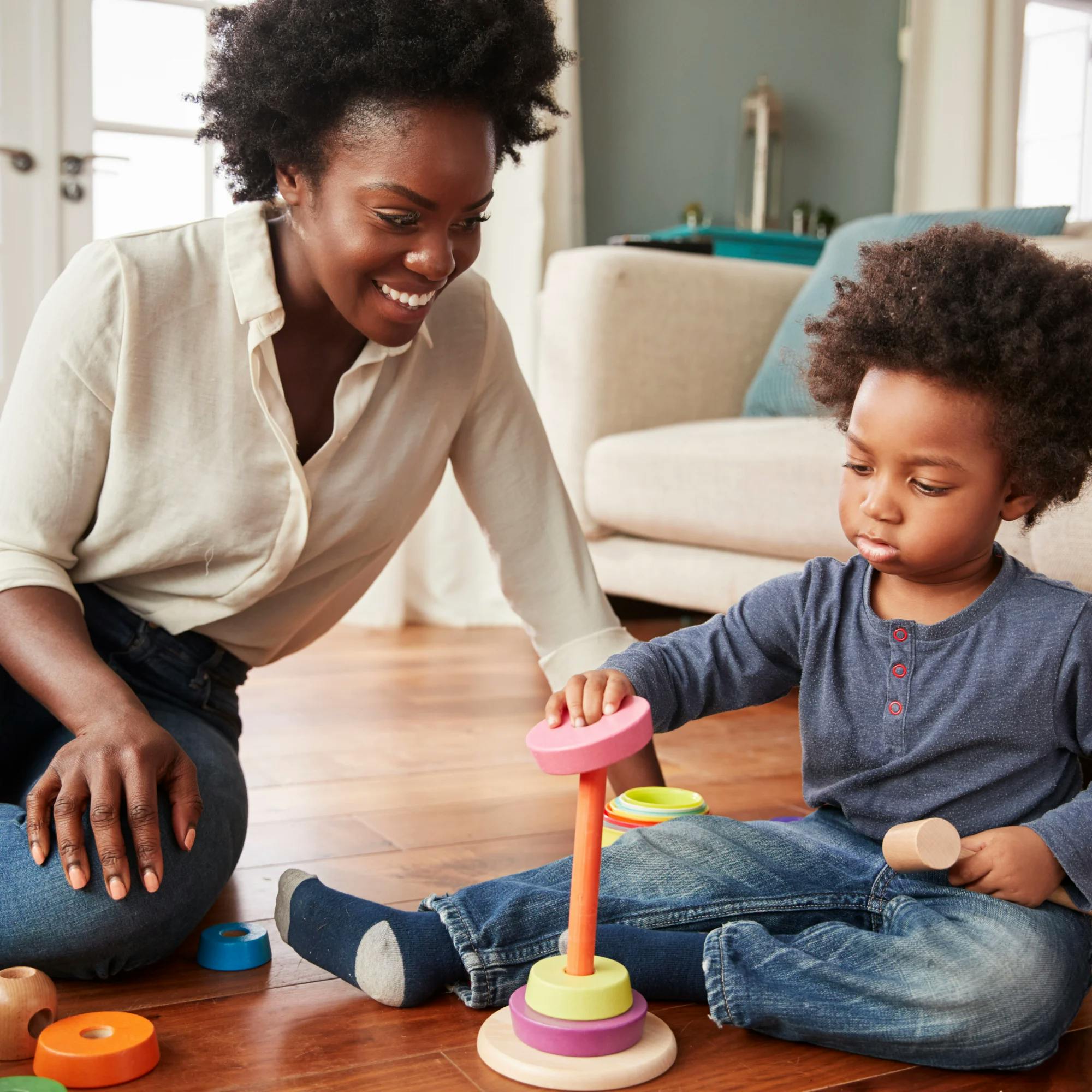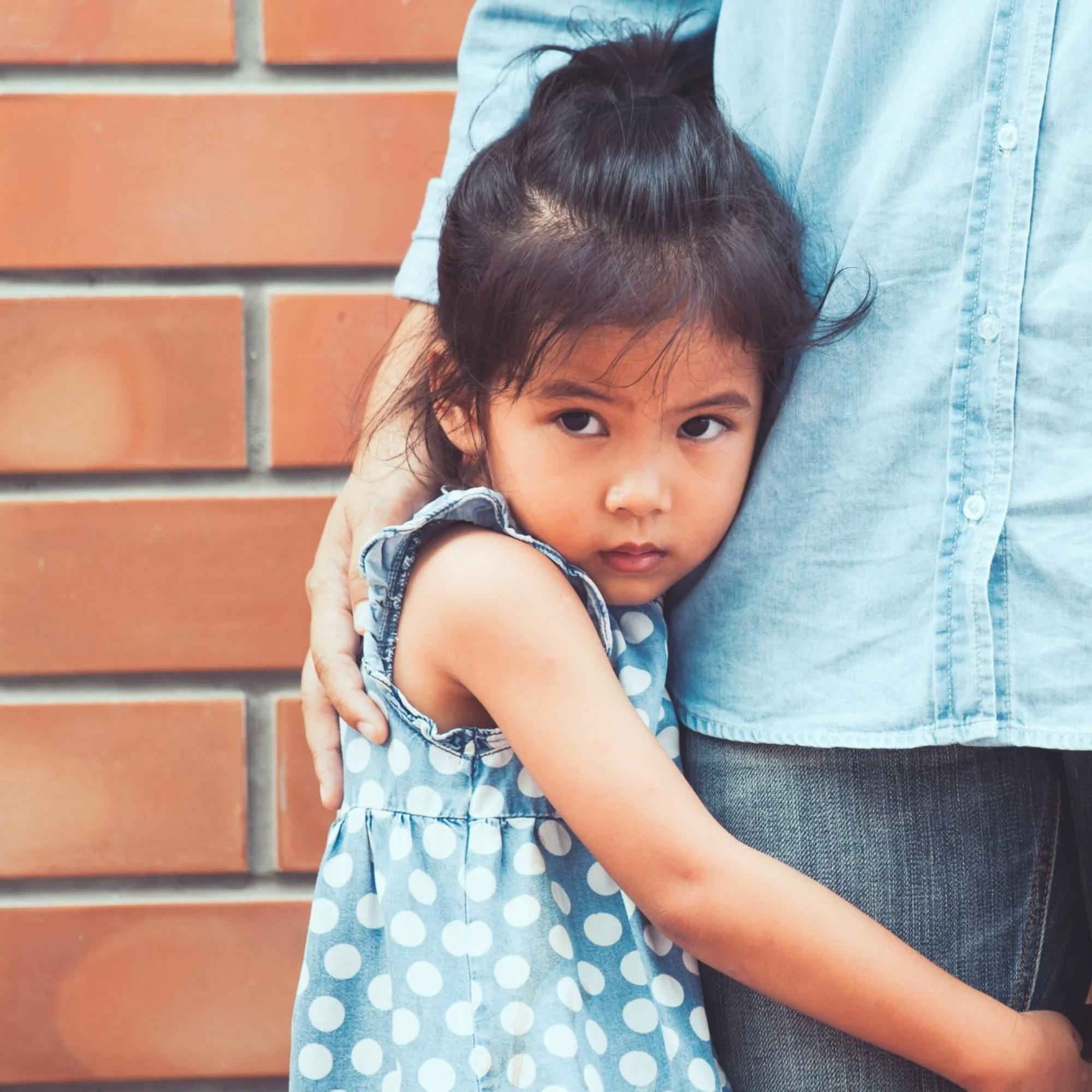
The Ultimate Guide to Social Communication Disorder: Causes, Signs, and Treatment
 Alexis Irazoque, M.S., CCC-SLP
Alexis Irazoque, M.S., CCC-SLP
Think about the last time you had a conversation with someone. You probably took turns speaking, made eye contact, and stayed on topic. You may have used gestures, facial expressions, or pointed to something you were talking about. These are all examples of social communication–how we use verbal and nonverbal language to interact with others.
For children with a social communication disorder, also known as a social pragmatic language disorder, these everyday social skills don’t come easily. They may struggle to start conversations, understand social rules, or pick up on body language. This can make it hard to build friendships, work in groups, or connect with others.
While signs of a social pragmatic disorder often appear in early childhood, they can be subtle at first. As children grow and social expectations become more complex (on the playground, in school, or during group activities), these challenges may become more noticeable. This can lead to confusion and concern for parents and caregivers, who might wonder if their child is just shy, going through a phase, or needs support.
If you're wondering how to help your child develop social skills, as speech-language pathologists, we’re here to help. In this guide, you’ll learn what a social communication disorder is, how it’s different from autism, what symptoms to look for, and how a social pragmatic disorder can be treated to help your child thrive.
Expert language support
If your child has trouble expressing themselves or understanding others, a speech evaluation may be helpful. Take the next step today.
 Find a speech therapist
Find a speech therapistWhat is a social communication disorder?
To understand social communication disorder, it helps to first understand what it’s not.
People with a social communication disorder don’t usually have trouble saying words correctly or forming complete sentences. They typically understand vocabulary and grammar, and their thinking skills are just as strong as their peers.
The main challenge lies in how they use language with others. Social communication, also called pragmatic language, is the way we use words, tone, gestures, and even facial expressions to interact. A social communication disorder, sometimes called a social pragmatic language disorder or pragmatic language impairment, affects this skill set.
People with social pragmatic difficulties may have trouble knowing what to say, when to say it, or how to say it in different social settings. This can make everyday interactions, like having a conversation, asking for help, or joining a group, feel confusing or overwhelming.
What are examples of social communication?
Here are some examples of typical social communication skills:
Starting an interaction with a greeting like “Hi”
Making eye contact during conversation
Understanding facial expressions; for example, noticing a friend’s sad face and saying, “Are you OK?”
Taking turns speaking during a conversation
Staying on topic during a conversation
Knowing how to talk to a friend versus a teacher or boss

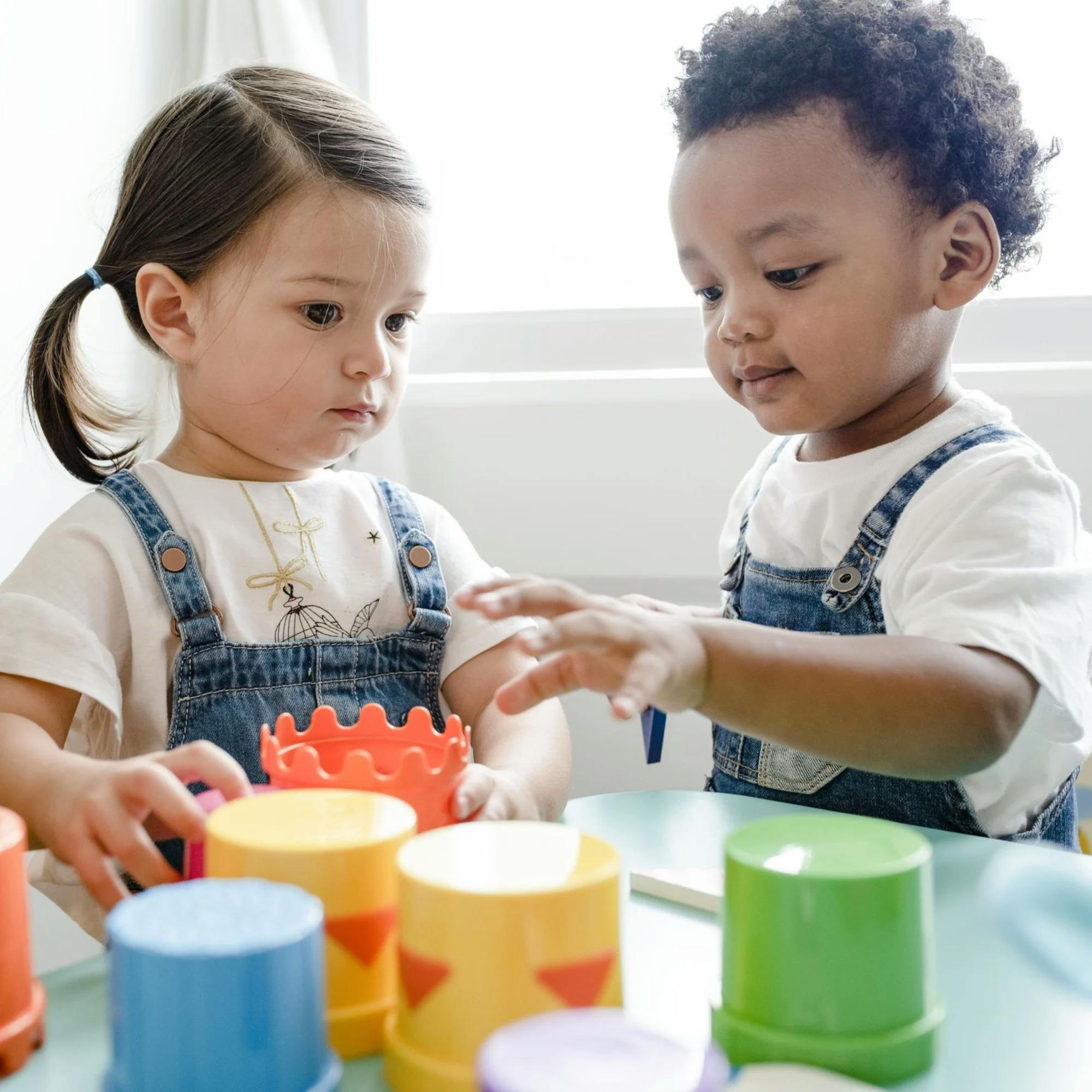
How common are social communication disorders?
There is limited data available on the prevalence of social communication disorders. This is because social communication disorder was only recently made an official diagnosis, in 2013, with specific definitions and diagnostic criteria. Before 2013, it was often referred to as a pragmatic language impairment.
One population study in 2009 that sampled 1,400 kindergarteners suggested that pragmatic language impairment occurred in 7% to 8% of children. In another study, the preliminary estimates of social communication disorder in eighth graders ranged from 7% to 11%. Boys were more likely than girls to be diagnosed.
What social communication milestones are expected by age?
Social communication is how we use language to interact with others. Children learn these skills over time, and while every child is different, there are general milestones to look for at different ages.
Below is a high-level guide to common social communication skills you might expect as your child grows. Keep in mind that cultural, linguistic, and individual differences may affect when and how these skills emerge.


Babies (0-12 months)
Enjoys looking at faces and making eye contact
Turns toward voices and reacts to tone (happy, sad, excited)
Takes turns with sounds (you talk, baby coos)
Follows your gaze and shares attention on an object
Uses gestures like pointing or reaching to make simple requests
Begins playing social games like peek-a-boo
Toddlers (12-36 months)
Points, gestures, or uses simple words to make requests
Says basic social words like “hi” or “bye”
Starts using short phrases to share wants or needs
Makes eye contact during conversations
Begins using different tones of voice depending on the situation
Joins in short back-and-forth conversations
Preschoolers (3-5 years)
Holds longer conversations and uses “filler” words like “um” or “yeah”
Uses imagination in play and storytelling
Adjusts language when talking to younger children
Talks about their feelings and others’ emotions
Begins telling simple stories with a beginning, middle, and end
School-age children (5-10 years)
Understands body language and facial expressions
Uses polite language and takes turns in conversations
Tells more detailed stories and explains their ideas
Can take another person’s perspective
Begins using language for persuasion or negotiation
Preteens and middle schoolers (11-13 years)
Maintains eye contact and understands personal space
Stays on topic during conversations
Notices how others are feeling and adjusts behavior
Takes part in more balanced, two-way conversations
Begins navigating more complex social situations
Uses emotional intelligence in conversations
Can comfort others or respond to emotional cues
Adapts communication depending on the listener
Maintains meaningful friendships
Communicates opinions clearly and respectfully
By knowing what social communication skills to look for at different ages, caregivers can better support their child’s development and spot signs that extra help may be needed. If you’re concerned about your child’s social communication, talking with a speech therapist can be a great first step.
What are the symptoms of a social communication disorder?
Understanding social communication can help caregivers recognize when a child may need support. Children and adults with a social communication disorder may have difficulty with one or more of the following areas:
Using appropriate communication when socializing: Greeting others and smiling, making eye contact, pointing to share interest (like showing a toy), starting or joining conversations, answering questions in a back-and-forth exchange
Changing communication based on the situation: Talking differently to children and adults, using a more formal tone in class than at a birthday party, understanding how to act in different settings. This is part of what’s known as social pragmatics–the way we adjust communication to match social rules.
Following social rules in conversation: Taking turns when talking, staying on topic, not interrupting, knowing when to stop or change the subject
Understanding verbal and nonverbal cues: Recognizing when someone is bored, sad, or confused; reading facial expressions, gestures, or tone of voice.
Interpreting indirect or figurative language: “Reading between the lines” when things aren’t said directly; understanding sarcasm, jokes, or common sayings like “It’s raining cats and dogs”
These skills often develop with age, but persistent struggles may point to a social pragmatic disorder.


What is the difference between social communication disorder and autism?
It’s common for people to wonder about the difference between social communication disorder and autism spectrum disorder (ASD). While the two can look similar, especially when it comes to social skills, they are separate conditions with different criteria.
Both conditions involve challenges with social pragmatics, or how we use language to interact with others. This includes things like making eye contact, taking turns in conversation, and understanding body language. However, there are important differences between autism and social communication disorder.
People with autism often have additional symptoms beyond social communication difficulties. These may include:
Repetitive behaviors, such as hand-flapping or lining up objects
Strong interest in specific topics
Trouble with changes in routine
Sensory sensitivities, such as being very bothered by certain sounds or textures
In contrast, someone with a social pragmatic language disorder only has trouble with using language in social situations. They do not show the restricted interests or repetitive behaviors seen in autism.

Can autism and social communication disorder be diagnosed together?
Because social communication difficulties are one part of autism, a person can’t be diagnosed with both autism and social communication disorder. If a child meets the criteria for autism, that would be the diagnosis.
If a child does not show the other features of autism, but still has trouble with things like understanding jokes, using appropriate greetings, or staying on topic in conversations, they may have a social pragmatic disorder.
A qualified professional, such as a speech-language pathologist or developmental psychologist, can help determine the right diagnosis and suggest how to improve or develop better social skills over time.
Get matched with a speech therapist who's right for you
Get started nowWhat causes social communication disorder?
As of today, there is no definite cause of social communication disorder.
However, studies have shown that a child may be at a higher risk of a social communication disorder if there is a family history of autism, learning disabilities, or some other types of communication disorders. Research is ongoing to better understand this genetic link.
In addition, social communication disorders often present alongside other types of disorders, such as speech delay, ADHD, or intellectual development disorder.
How is a social communication disorder diagnosed?
The first signs of a social communication disorder often show up early in childhood. Some young children may not use gestures like waving or pointing. Others may show little interest in playing or interacting with others.
However, to officially diagnose this disorder, a child usually needs to be using spoken language. Because of this, a diagnosis often happens around age 4 or 5, once a child is verbal and able to participate in more structured testing.
Who diagnoses a social communication disorder?
A speech-language pathologist (SLP), also called a speech therapist, is the professional who evaluates and diagnoses social pragmatic disorders. These experts specialize in social communication and know how to spot early warning signs.
During the evaluation, your child’s speech therapist will:
Ask about your child’s medical, social, and developmental history
Use specific tests to measure your child’s language and social communication skills
Watch how your child interacts during play and conversation
Give you and/or teachers questionnaires to gather more information
Ruling out other conditions
Part of the evaluation process is making sure the symptoms aren’t caused by another condition, such as autism or an intellectual disability. This is especially important when differentiating between social pragmatic communication disorder and autism. While both can involve difficulties with social pragmatics, autism includes other signs (like repetitive behaviors or intense fixations) that are not seen in children with a social communication disorder.


How is a social communication disorder treated?
Speech-language therapy is the main treatment for social communication disorders. Because every child is different, your speech therapist will build a personalized care plan tailored to their social communication strengths and weaknesses. They will use a variety of treatment methods to improve functional communication in various social settings.
The key skills focused on during therapy include:
Social pragmatics: Helping children use appropriate greetings and understand the rules of dialogue
Conversational skills: Practicing back-and-forth exchanges and asking/answering questions
Nonverbal communication: Interpreting nonverbal cues to understand someone’s mood or feelings, such as boredom or discomfort
Some common examples of treatment methods for social communication disorder include watching videos of people in conversation, role-playing conversations on different topics, and using scripted responses to practice.

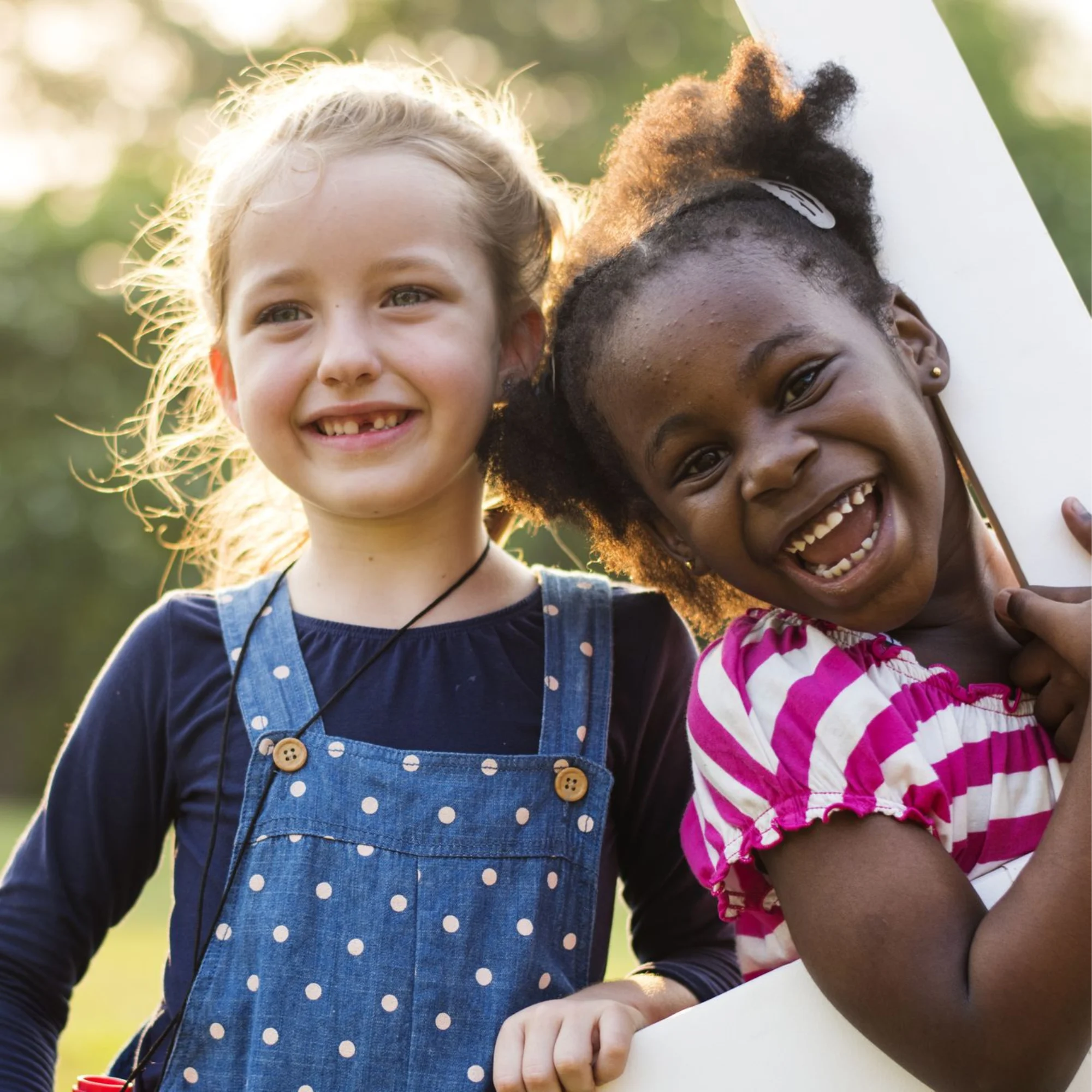
How does Expressable assess and treat social communication disorders?
At Expressable, we match each client with a certified speech therapist who has experience in evaluating and treating social communication disorders. All therapy is provided online through secure, face-to-face video sessions. Check out our treatment guide to social communication disorders to learn about our approach to evaluation and treatment.
Your therapist will begin with a detailed evaluation. For children, this includes standardized tests and informal checklists. The therapist may assess how your child communicates both verbally and nonverbally, looking at skills like social interaction, prosody (tone of voice), eye contact, and turn-taking. They may also review medical history, behavior patterns, and caregiver concerns.
For adults, the evaluation may focus on current communication strengths, daily challenges, and social needs at home, work, or school.
After the evaluation, the therapist creates a personalized care plan with goals that fit the client’s age and communication style. Most clients attend two sessions per week, but this may vary depending on individual needs.
No matter the client's age, Expressable speech therapists focus on authenticity. That means supporting each person's unique communication style, affirming neurodiversity, and building skills for real-world success.
Find the right speech therapist for your child
We'll match you with a licensed speech therapist who's experienced in your child's needs and available when you are.
 Get started
Get startedPracticing speech therapy exercises at home: The Expressable client portal
At Expressable, speech therapy doesn't stop when the session ends. Whether you’re a caregiver supporting your child or an adult working on your own goals, our client portal gives you the tools to keep making progress at home.
Here’s what you’ll find inside:
Learning Paths: These easy-to-follow guides teach and reinforce important strategies, like active listening, taking turns, and understanding social cues.
Demo videos: Watch a speech therapist model useful techniques like social scripting and reciprocal conversation practice.
Home practice activities: Your therapist will assign fun and practical ways to work on goals between sessions. For kids, this might include playing a turn-taking game. For adults, it could be preparing conversation starters.
Text messaging support: You can reach out to your therapist between sessions with questions or to get feedback and encouragement.
Why the portal works:
Real-life practice helps clients apply skills in the moment, not just during therapy.
Repetition builds confidence and success.
Everything is designed to be simple, flexible, and personalized to your needs.
When families and individuals feel supported, therapy becomes more effective. That’s why our speech therapists also coach caregivers on how to encourage communication with their child during everyday routines. You’ll learn how to affirm your child’s or your own unique communication style and build skills for stronger social connections. Keep reading–there’s a lot you can do to help your child!

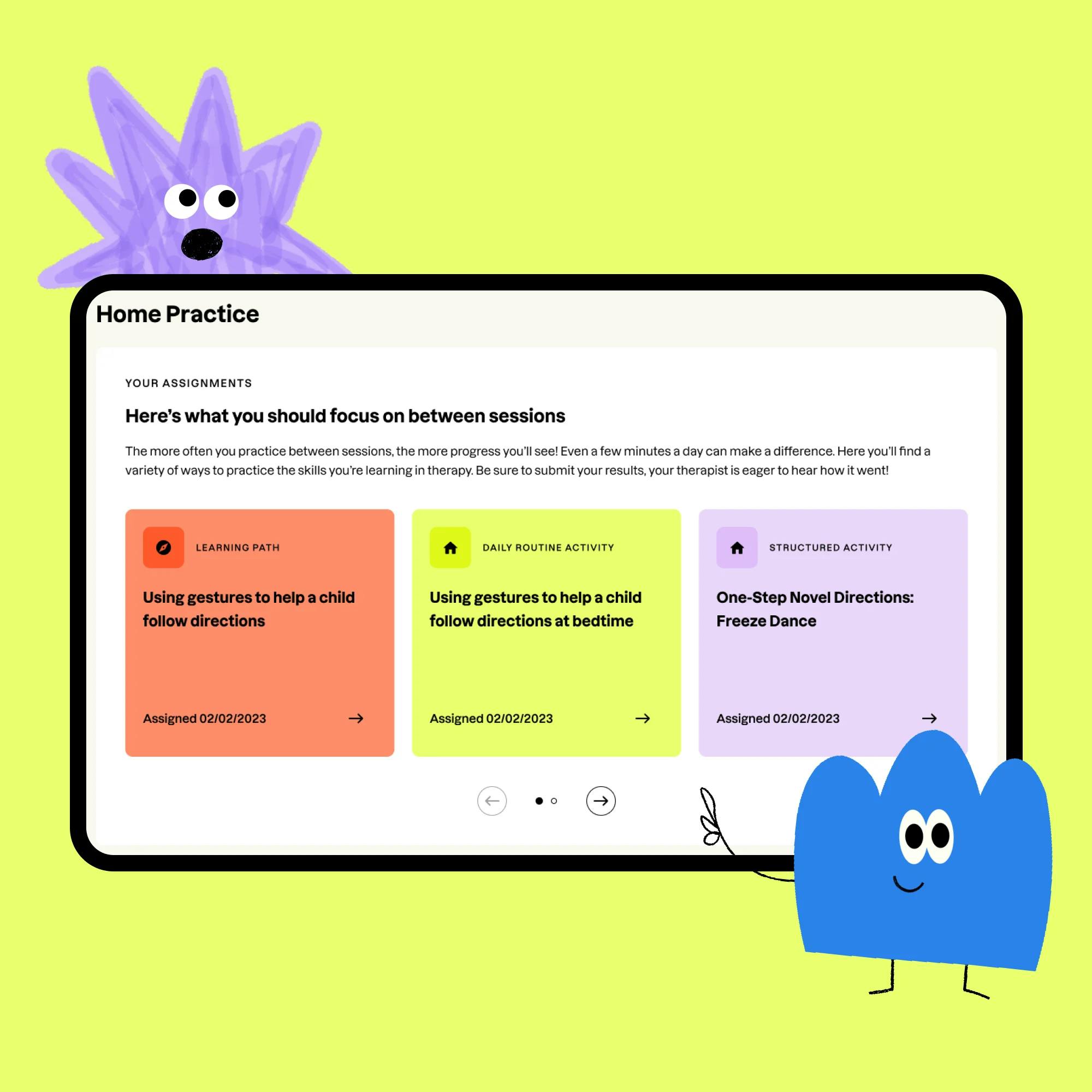
How parents can help children improve their social skills
Parents and caregivers play a key role in helping children develop strong social communication skills. Even if your child sees a speech therapist once or twice a week, it’s the daily practice at home that makes the biggest difference.
Think of your child’s speech therapist as a coach, not just for your child, but for you, too. A good therapist should explain what social communication is and give you simple ways to support your child’s progress at home.
If your child has been diagnosed with a social communication disorder, they likely need extra help learning how to interact in social settings. Below are some ideas that you can adjust based on your child’s age and needs. Be sure to check in with your speech therapist for more personalized strategies.
Practical ways to support your young child’s social skills at home
Practice greetings: Model and practice how to say “hi” or “bye,” wave, or offer a handshake. Greetings are often the first step in a social interaction.
Read together regularly: Ask open-ended questions during story time, like “Why is that character sad?” or “What might happen next?” This helps your child think about feelings and social situations.
Talk about characters’ feelings: When reading or watching a show, pause to ask how characters are feeling and why. You can also talk about how people in your child’s life might feel in similar situations. This supports emotional understanding and empathy.
Take turns: Taking turns is a key part of conversation. You can build this skill through activities like rolling a ball back and forth, playing board games, or taking turns telling stories.
Role-play different conversations: Pretend your child is explaining something to different people. For example, how would they describe their favorite toy to a baby vs. a teacher? This teaches how to adjust language based on who they’re talking to.
Plan playdates: Start with one friend and plan a simple, shared activity. Structured play can help reduce social stress and allow more chances for interaction.
Tell stories together: Tell a story and leave out key details. Can your child ask for more information? Or have them tell you a story while you ask questions. This builds both narrative and conversation skills.
Explore nonverbal communication: Use facial expressions or body language (like crossing arms, smiling, or rolling eyes) and ask your child what each one means. This helps build awareness of nonverbal cues, which is an important part of social communication.
Play with dolls: One simple yet powerful tool to support social pragmatics is playing with dolls. Research shows that pretend play (even when done alone) can improve social processing skills. When children use dolls to act out different situations, they practice real-life social scenarios. They learn empathy, understand feelings, and explore how people interact.

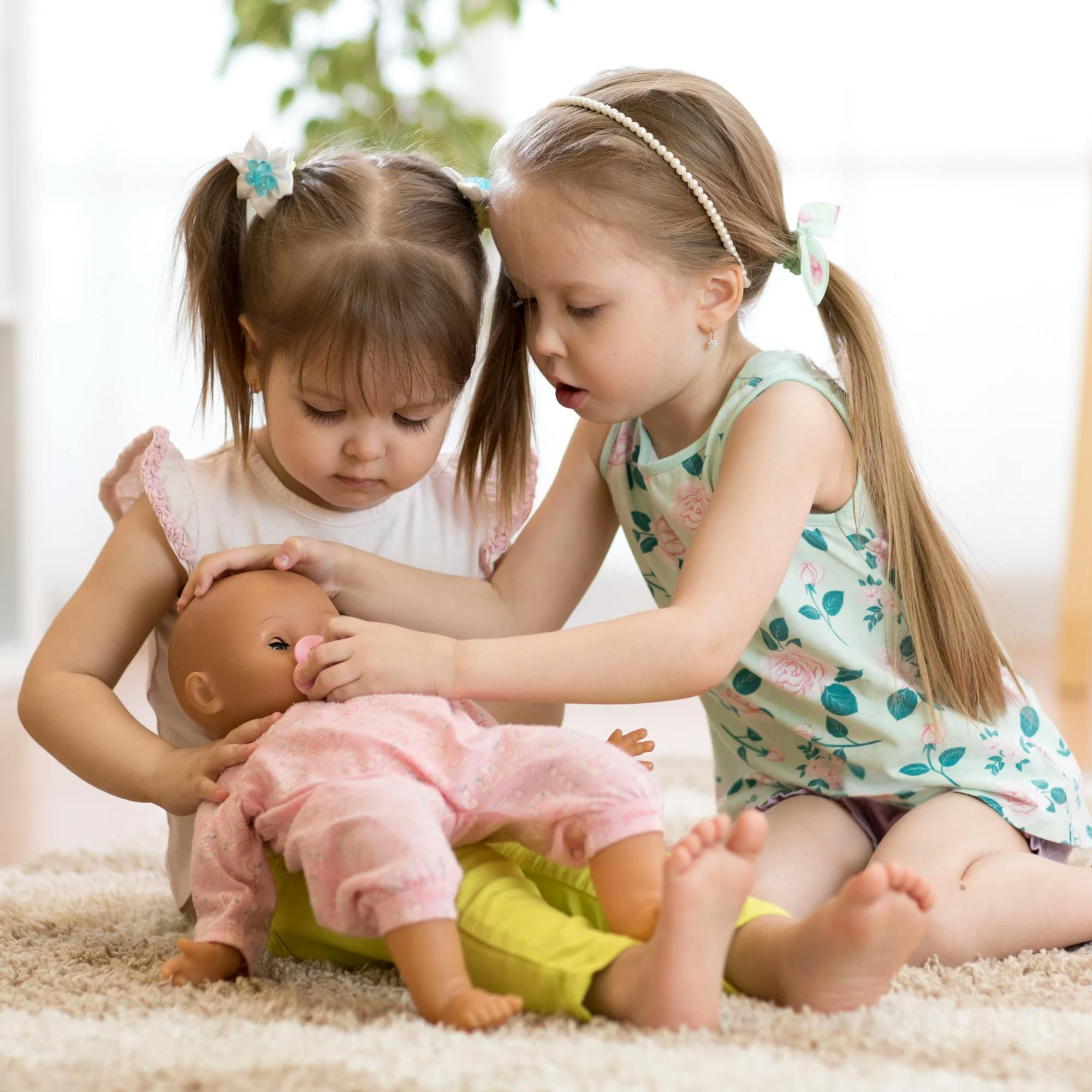
How parents can support social skills in preteens and teens
Being a preteen or teen isn’t easy. Kids this age are juggling school, growing up, and trying to figure out friendships. It’s common for teens, especially those with social communication disorder or social pragmatic language disorder, to feel unsure about how to connect with others. But parents can help!
Here are three practical ways to support your teen’s social development and help them feel more confident in social situations:
1 Practice conversation starters together
Teens with social communication disorder may struggle to know how to begin or join a conversation. You can help by practicing this at home. Take turns pretending to meet someone new. Use simple phrases like “Hi, I’m Alex. What’s your name?” or “Did you see the new movie everyone’s talking about?” Practicing these skills out loud helps teens feel more prepared when talking to classmates or teammates.
2 Talk about what makes a good friend and how to be one
Teens learning how to improve social skills may need help understanding what to look for in a friendship. Talk about traits like kindness, honesty, and listening. Then, flip the conversation and ask how they can show those same qualities to others. For example, if a friend seems sad, your teen could say, “You OK? Do you want to talk?” This helps build empathy, an important part of social pragmatics.
3 Encourage them to invite others to hang out
Some teens have trouble taking the first step in making plans. If your child struggles with social communication, help them practice how to invite a friend to lunch, to play a game, or to study together. You can even role-play this, or help them write a text. The more they practice, the more natural it will feel. If they’re nervous, remind them it’s OK if plans don’t always work out. The goal is trying!
And don’t forget small successes matter. Whether your teen waves hello, makes eye contact, or asks someone to sit with them, each step is a win. With your support, and possibly guidance from a speech-language pathologist, your teen can get better at social communication and feel more connected to their peers.


Get started with Expressable
From toddlers to adults, Expressable is here to help you or your loved one build meaningful, confident communication skills—one step at a time. Get matched with a speech therapist who's experienced with social pragmatics and available when you are. Start our simple sign-up here!
How Expressable Can Help
Concerned your child isn't reaching age-expected milestones? Looking for communication support from a professional? Expressable is a national online speech therapy practice serving children and adults. We treat all major areas of communication and feeding, offer flexible hours including evenings and weekends, and accept most major health insurance plans. We’re proud to have earned more than 3,000 5-star reviews from our clients (4.9/5 average).
Our therapy model is centered on parent and caregiver involvement. Research proves that empowering caregivers to participate in their loved one’s therapy leads to better outcomes. That’s why we combine live, 1-on-1 speech therapy with personalized education and home practice activities for faster progress.
Communication is more than words. It’s how we share how we feel and show who we are. We’re here to help you or your child do just that.







